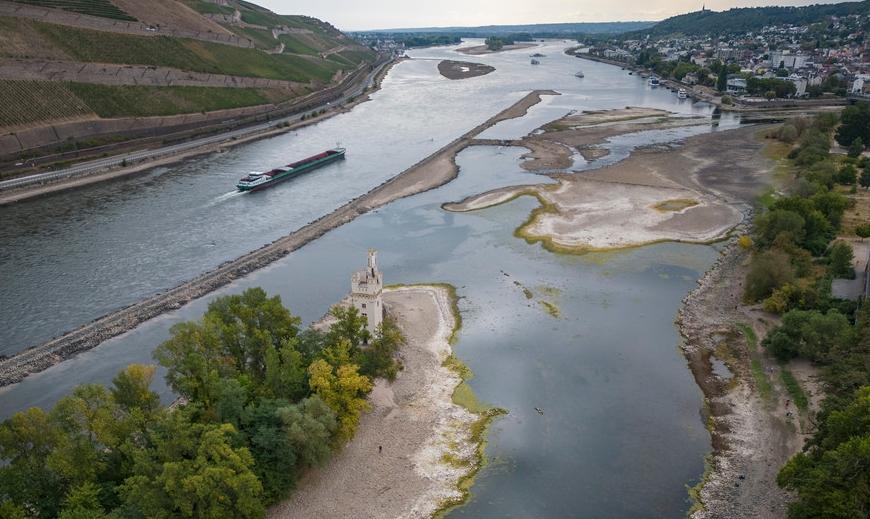2022 is a year of climate records – unfortunately in a negative sense. The Intergovernmental Panel on Climate Change finds that most nations are doing too little to protect the climate. At the same time, the consequences of climate change are becoming increasingly noticeable around the globe.
Expensive natural disasters
The costs of natural catastrophes are rising: the reinsurer Munich Re is publishing its natural catastrophe loss statistics for the previous year 2021. With total losses of 280 billion dollars worldwide, it was the second most expensive natural catastrophe year to date after the record year of 2017. The consequences of the heavy rain in Rhineland-Palatinate and Saarland in July 2021 (including the flood disaster in the Ahr Valley) alone account for 54 billion. Tornadoes and hurricanes also caused major losses in the USA, including Hurricane Ida, the costliest natural catastrophe of the year at $65 billion.
February
IPCC report: climate change threatens people and planet
The Intergovernmental Panel on Climate Change (IPCC) warns: More than 3 billion people in the world are “highly endangered” by the consequences and risks of climate change. That is one of his conclusions in the second part of his current status report, an overview of the state of research on climate change, climate impacts and the possibilities of adaptation. People are not only endangered by storms, droughts or rising sea levels. But also because of social vulnerabilities when access to clean drinking water becomes increasingly difficult. At the same time, the Intergovernmental Panel on Climate Change states that most countries are doing far too little to adapt to climate change, and that there is an imbalance in climate finance. Far too little money has flowed into adaptation measures so far.
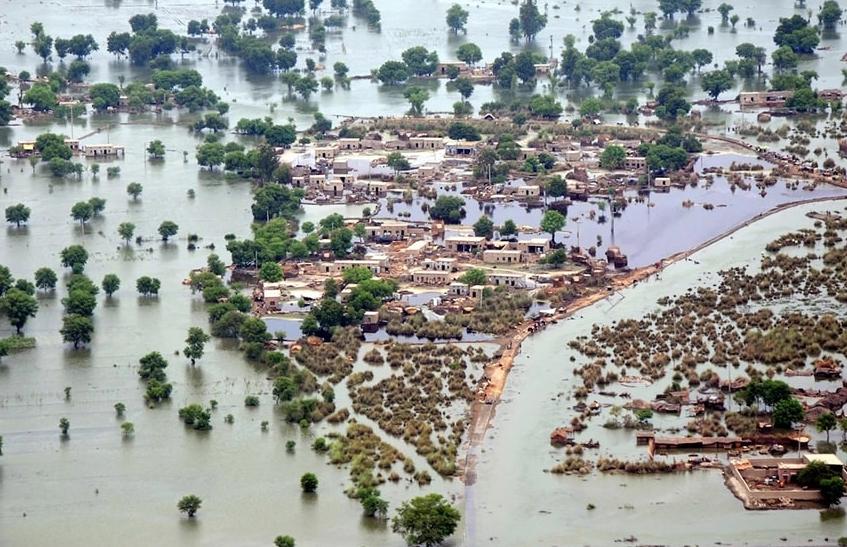
March
Germany misses climate targets for 2021
In 2020, people still thought they were on the safe side: Germany – a side effect of the corona pandemic – exceeded its climate targets. The hangover is now following for 2021: The Expert Council for Climate Issues warns that Germany has not achieved its climate targets for 2021. The committee was installed in 2020 as a result of the Federal Climate Protection Act to independently check compliance with climate protection plans. The test report for 2021 shows: Germany has exceeded the self-imposed emission limits in both the building sector and the transport sector. The responsible ministries then have to design emergency programs with which they can take countermeasures. However, the expert council assesses them very differently: The building sector could actually get on course with it. The emergency program for the transport sector, however, is “already unsatisfactory in its approach”.
April
Intergovernmental Panel on Climate Change calls for global warming to stop
How can climate change be mitigated? In the third part of its sixth assessment report, the Intergovernmental Panel on Climate Change (IPCC) provides guidelines for the global community on what needs to be done to stop global warming. This includes avoiding greenhouse gases (especially CO2) by using less fossil fuels. In addition, renewable electrification must take place. Finally, “carbon capture” could help, i.e. methods that remove and “store” greenhouse gases from the atmosphere. According to the IPCC report, this can be achieved, for example, through reforestation, but the main hope lies in new technologies that have not yet been tested. And we consumers can also do something, for example by eating less meat, mobility without a car and lower consumption. According to the IPCC, global CO2 emissions must peak by 2025 at the latest. Currently, however, global emissions are still increasing, albeit at a slower pace than before.
May
Heat waves in India and Pakistan
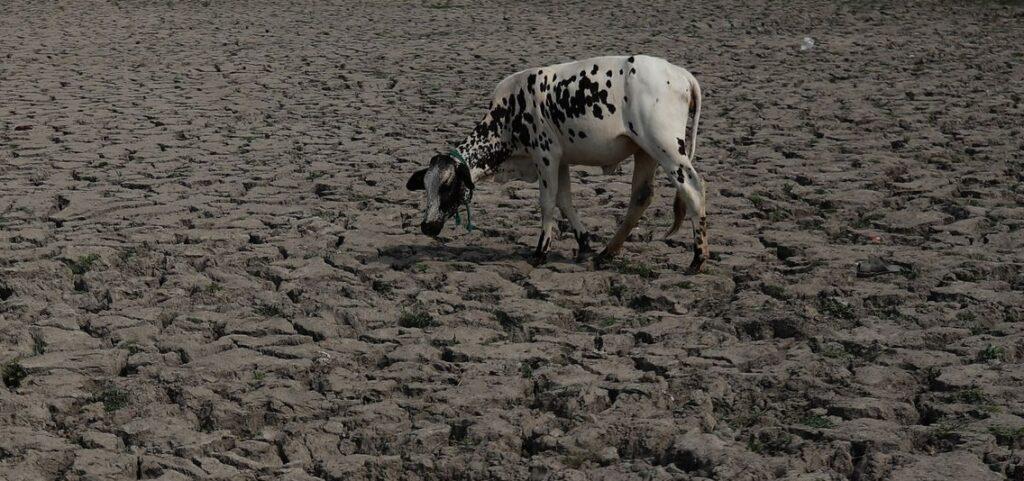
Extreme heatwave in India and Pakistan. Some people there have to endure temperatures of up to 50 degrees. Excessive heat in the weeks leading up to the monsoon is normal in the region. But in 2022 the heat wave will build up exceptionally early in the year, with heat records reported at many weather stations in India as early as March. India and Pakistan already count at least 90 people who died from heat stroke in May. Some states in India have to cope with harvest losses of up to 35 percent. Such heat waves have become thirty times more likely than before due to global warming, researchers show in a climate study.
July
Record heat in Europe
In Europe, an exceptionally hot and dry summer is reaching its first peak. For the first time, temperatures above 40 degrees were measured in the North German Plain. This record value has also been reported from Great Britain for the first time. The July heatwave is very unusual for the UK. An analysis by climate scientists shows that a similar atmospheric constellation would have triggered a heat wave, but it would have been 4 degrees cooler. Italy resolves the drought emergency, parts of Spain and Portugal are also drier than they have been for a thousand years.
August
Crop losses due to drought
Bavaria and large parts of Central Europe continue to suffer from heat and drought. The European Drought Observatory reports that the situation is alarming on around 17 percent of the area in Europe. There would be major harvest losses for corn, soybeans and sunflowers in particular. August is the second warmest August month in Germany since records began. The low water levels on the Rhine are causing problems for German inland shipping. Southern Germany is also feeling the effects of the low water.
Rain instead of snow for the first time at the coldest point in Greenland
Even in Greenland there is a heat record: Rain falls for the first time on the highest and coldest point of the Greenland ice sheet. Usually it just snows there. In a study on humpback whales, researchers show how the rising temperatures off Greenland are also changing the ecosystem: they are increasingly coming to the coast to hunt for fish and krill. The fodder for the animals that originally live there is becoming scarcer.
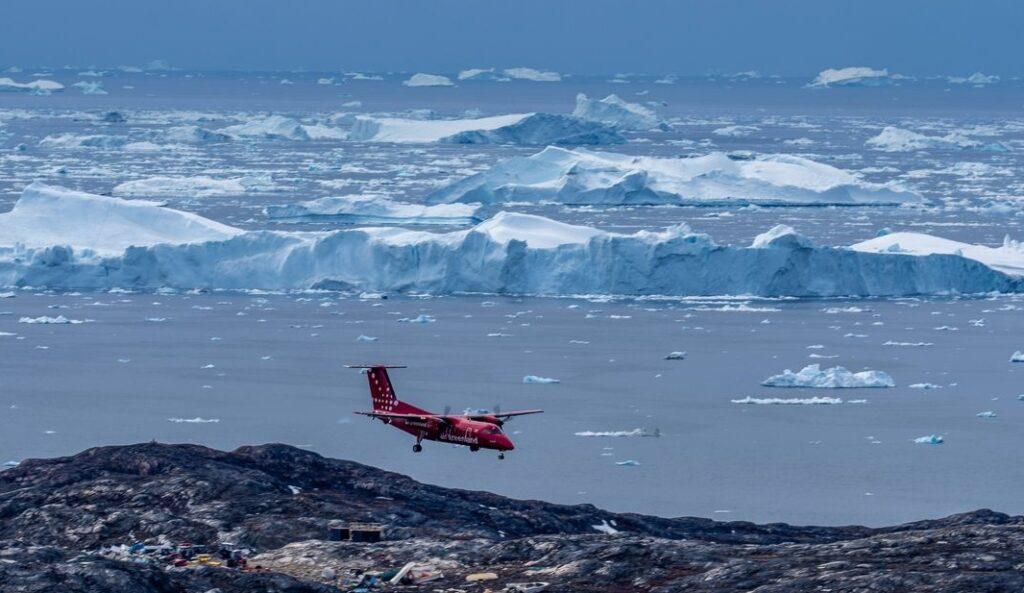
September
Melting glaciers in Europe
Two reports from September show how the rising temperatures are affecting the Alpine glaciers: The southern Schneeferner, one of the three glaciers on the Zugspitze, is losing its status as a glacier. Because the ice there no longer moves, it is only considered dead ice. For a long time, geoscientists have been counting on the Bavarian glaciers to gradually disappear. But the end of the southern Schneeferners came quickly, the warm summer and Sahara dust had gotten to him. Dramatic news about disappearing glaciers is also coming from Switzerland. In 2022, the glaciers there have melted more than ever before. The Swiss Academy of Sciences (SCNAT) calculates that they lost around three cubic kilometers of ice. Since the 1930s, Swiss glaciers have already lost half of their glacial mass.
October
UN climate summit disappointed
The UN climate summit in Sharm El-Sheikh ends with largely disappointing results. There have been successes in financing issues: The contracting states decide to set up a fund to compensate for climate damage, and there is also an emergency program for increased climate protection activities. However, the countries have not committed themselves to more ambitious CO2 savings, nor is there a clear commitment to phasing out fossil fuels. This also means: According to the current emissions gap report by the UN Environment Program, there remains a large implementation gap: If countries were to only implement what they have previously announced in terms of CO2 savings, then global warming could only be limited to 2.4 degrees. If one assumes what the individual countries are currently implementing in terms of climate policy, then that would only be enough to limit it to 2.8 degrees.
The fact that announcements alone are not enough is also shown by the first two-year balance of the Expert Council for Climate Issues in Germany. The Expert Council analyzes the climate protection measures that the federal governments have implemented in the past two years. The result: Germany will not achieve the self-imposed climate targets for 2030 if the measures decided so far are retained. Politicians must set clear and binding emission limits.
November
Climate protests of the “Last Generation”
The discussion about the climate protests of the “Last Generation” group is coming to a head. Since the spring, the group had been protesting against insufficient climate protection in Germany with civil disobedience actions: sit-ins on the streets, sticking to the roadway, manipulating oil pipelines or throwing mashed potatoes at famous paintings. With very small groups, they manage to disrupt traffic on motorways or traffic junctions in the long term. A fierce public debate ensues about how far civil disobedience can go. After several activists were taken into preventive custody in Bavaria for up to 30 days, the protest actions of the “last generation” came to a head. In Berlin and Munich, they also block the runways of the airports in November and December.
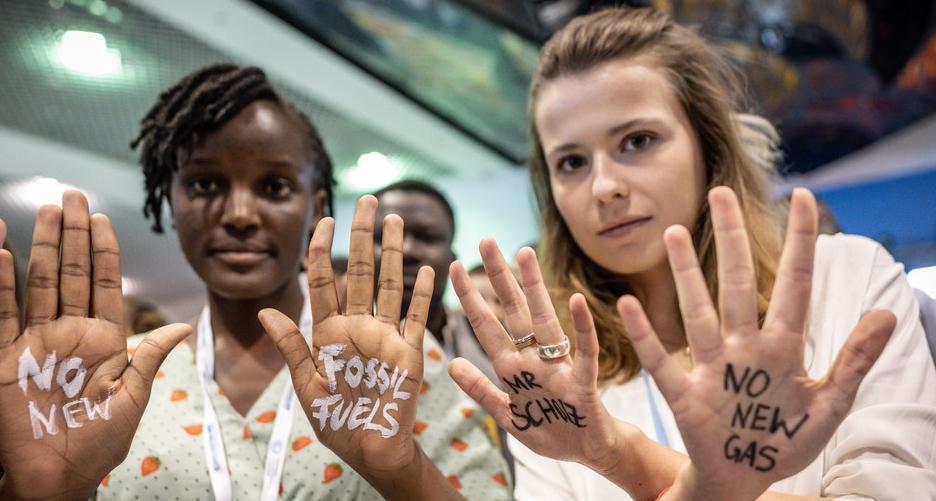
December
New climate protection law in Bavaria
Two years after the first climate protection law came into force in Bavaria, the state government has improved the set of rules. According to this, Bavaria should become climate-neutral from 2040 – five years earlier than the Federal Government is aiming for for Germany as a whole. It lists around 150 measures ranging from the expansion of wind power and more charging stations for electric cars to the planting of 30 million trees. However, it does not set binding emission limits on the way to the climate neutrality target. In addition, the radius of action of a state law in climate protection is limited, many decisions in climate policy are made at federal level.

